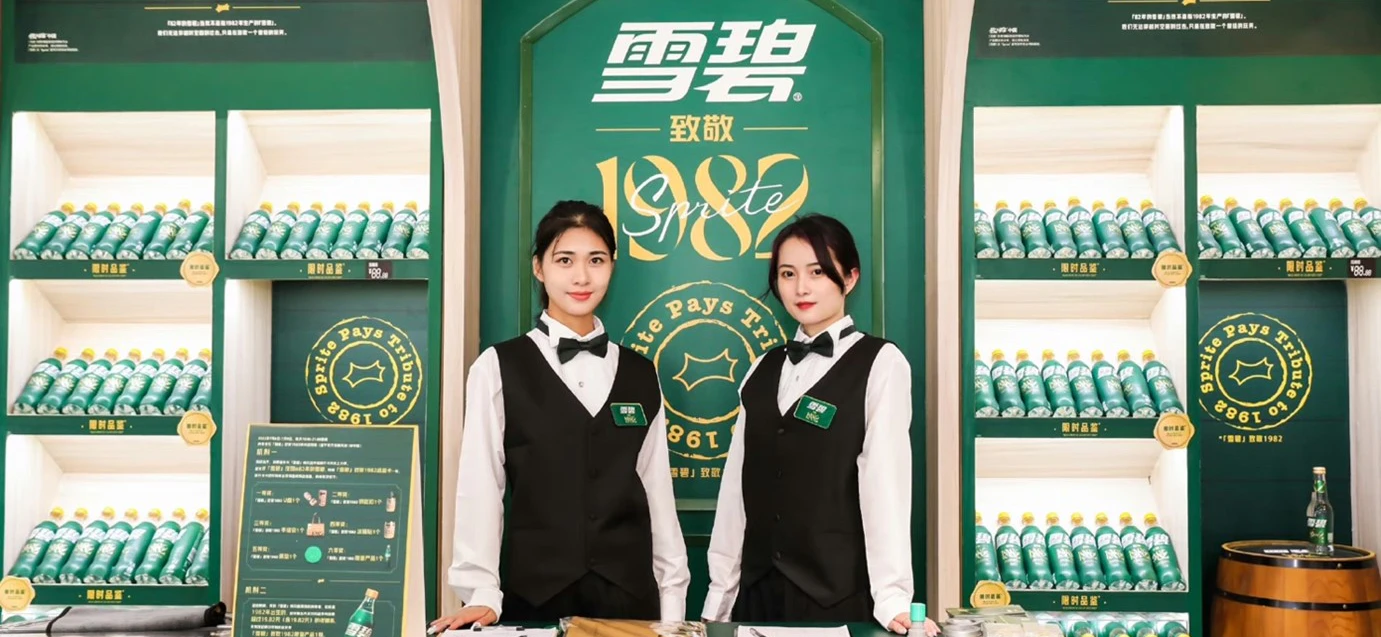Humour Works
Put simply, humour works. Especially when it comes to broad reaching brand campaigns. Marketers of everything from electronics to fast-food to packaged goods know it. And consumers respond to it. According to research from Oracle, 90% of consumers say they’re more likely to remember a funny ad and 72% would select a humorous brand over the competition. And it delivers an 11-point increase on Kantar’s distinctiveness measurement.
But between a preponderance of serious purpose-driven marketing and a half decade (or more) of geo-political strife and pandemic, there hadn’t been much love for laughter. In fact, our ad doldrums started well before then. Research from Kantar found that humour in advertising had been dropping fairly consistently since 2002, with major dips seen around the 2008 financial crisis and the Covid-19 pandemic.
